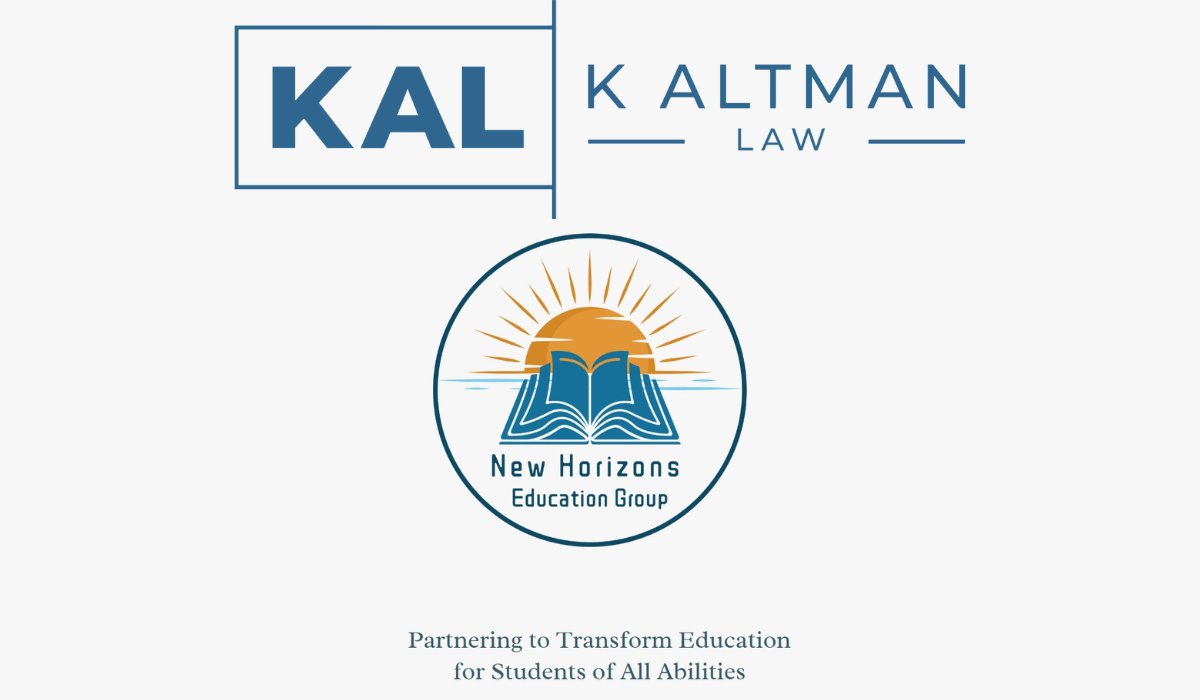A Historical and Contemporary Perspective
The right to an education is often seen as one of the most fundamental civil rights, yet achieving equality in K-12 education has been a long and ongoing struggle. The fight for civil rights in schools has shaped much of the history of the United States, reflecting broader battles against discrimination and inequality. While much progress has been made, significant challenges remain in ensuring that every child, regardless of race, gender, socioeconomic status, or identity, receives a fair and equitable education.
The Legacy of Brown v. Board of Education
One of the most critical moments in the history of civil rights in education came with the 1954 Supreme Court decision in Brown v. Board of Education of Topeka. This landmark case declared racial segregation in public schools unconstitutional, overturning the infamous “separate but equal” doctrine established in Plessy v. Ferguson (1896). The unanimous ruling in Brown was a major victory for the Civil Rights Movement and signaled the beginning of the end of legalized racial segregation in the United States.
However, the decision did not immediately integrate schools. Many southern states resisted desegregation through legislative means and violent opposition. In 1957, the Little Rock Nine—nine African American students who were enrolled in Little Rock Central High School—faced angry mobs and were blocked from entering the school by the Arkansas National Guard. President Eisenhower ultimately sent federal troops to ensure their safe passage, a powerful image of the federal government enforcing civil rights.
Despite Brown, many schools in the U.S. remain de facto segregated, with Black and Hispanic students disproportionately attending underfunded, lower-performing schools. Decades of systemic inequality in housing, districting, and funding have perpetuated racial disparities in K-12 education, raising important questions about the continued struggle for civil rights in America’s classrooms.
Bilingual Education and the Rights of English Language Learners
Another major civil rights issue in K-12 education has been the fight for bilingual education and the rights of English Language Learners (ELLs). Historically, students who did not speak English as their first language often faced significant disadvantages in school, with many being placed in special education or low-level classes simply due to their lack of English proficiency.
The 1974 Supreme Court case Lau v. Nichols addressed this issue by ruling that schools must take affirmative steps to provide ELLs with a meaningful education. The case was based on the experiences of Chinese-American students in San Francisco who were not receiving language assistance, making it nearly impossible for them to access the curriculum.
Following Lau, schools were required to implement bilingual education programs or other strategies to help ELL students succeed. However, the fight for language rights in schools has not been without controversy. English-only movements have sprung up in various states, calling for an end to bilingual education and promoting English immersion programs instead. The debate over how best to educate ELL students reflects broader conversations about cultural assimilation and the rights of minority groups in the U.S.
Students with Disabilities and the Individuals with Disabilities Education Act (IDEA)
Civil rights in K-12 education have also extended to students with disabilities. Before the 1970s, many children with disabilities were excluded from public education entirely or segregated into separate, inadequate programs. The passage of the Education for All Handicapped Children Act in 1975 (later renamed the Individuals with Disabilities Education Act or IDEA) was a turning point in ensuring that students with disabilities have the right to a free and appropriate public education.
IDEA guarantees that students with disabilities receive individualized education plans (IEPs) tailored to their specific needs and that they are educated in the least restrictive environment possible. While IDEA was a monumental step forward, schools still struggle with fully implementing the law, and disparities in resources and services for students with disabilities persist.
Title IX and Gender Equity in Education
Title IX of the Education Amendments of 1972 is perhaps best known for its impact on gender equity in sports, but its reach goes far beyond the athletic field. Title IX prohibits sex-based discrimination in any educational program or activity receiving federal funding, and it includes everything from access to advanced classes and extracurricular activities to protections against sexual harassment and assault.
Before Title IX, girls were often steered away from subjects like math and science and were limited in their educational and career prospects. Title IX helped to level the playing field, ensuring that female students have equal opportunities in academics and sports. However, challenges remain, particularly when it comes to addressing sexual harassment and assault in K-12 schools. Schools are required to take allegations of sexual harassment seriously under Title IX, but many students still face unsafe environments.
In recent years, new challenges to Title IX protections have emerged, particularly around the rights of transgender students. Debates over bathroom policies, participation in sports, and the use of pronouns have brought Title IX into the center of discussions about the rights of LGBTQ+ students in K-12 schools.
School-to-Prison Pipeline and Racial Disparities in Discipline
One of the most troubling civil rights issues in K-12 education today is the school-to-prison pipeline, a system in which harsh disciplinary policies disproportionately affect students of color and push them out of school and into the criminal justice system. Black students, particularly Black boys, are far more likely to face suspensions, expulsions, and even arrests for behavior that might be treated more leniently for white students.
This issue gained national attention in the wake of the 2014 Department of Education and Department of Justice guidelines, which urged schools to reduce their reliance on zero-tolerance policies and implement more restorative justice practices. Although the guidelines were rescinded in 2018, the movement to dismantle the school-to-prison pipeline continues.
Racial disparities in discipline are not just a civil rights issue—they have lasting effects on students’ academic achievement, graduation rates, and overall life outcomes. Addressing these disparities requires systemic change, including better training for educators on implicit bias and the implementation of alternative disciplinary approaches.
Conclusion: The Road Ahead for Civil Rights in K-12 Education
While significant progress has been made in the fight for civil rights in K-12 education, much work remains. Schools continue to grapple with issues of racial and socioeconomic segregation, the rights of students with disabilities, gender equity, and the fair treatment of all students, regardless of background or identity.
The history of civil rights in education teaches us that progress is often slow and hard-fought. It reminds us of the importance of vigilance, activism, and policy change in ensuring every child has access to a quality education in a safe and supportive environment. As we look to the future, the fight for civil rights in K-12 education must continue to be at the forefront of efforts to build a more just and equitable society.
K Altman Law is the right firm for civil rights cases because of its deep commitment to justice and extensive experience in navigating complex legal issues involving discrimination, inequality, and individual rights. The firm specializes in fighting for clients whose civil rights have been violated in various contexts, including education, employment, housing, and public accommodations. Their legal team is well-versed in civil rights laws such as Title IX, the Americans with Disabilities Act (ADA), and the Civil Rights Act, which are crucial for building strong cases and protecting clients’ rights.
Moreover, K Altman Law’s dedication to personalized client care sets them apart. They take the time to understand each client’s unique circumstances, tailoring their legal strategies to ensure the best possible outcomes. Whether it’s advocating for students facing discrimination, employees fighting workplace injustices, or individuals seeking accountability from institutions, K Altman Law combines legal expertise with a passion for making meaningful change.
With a proven track record of success, a reputation for strong advocacy, and a commitment to civil rights, K Altman Law stands ready to fight for justice and equality for all.





